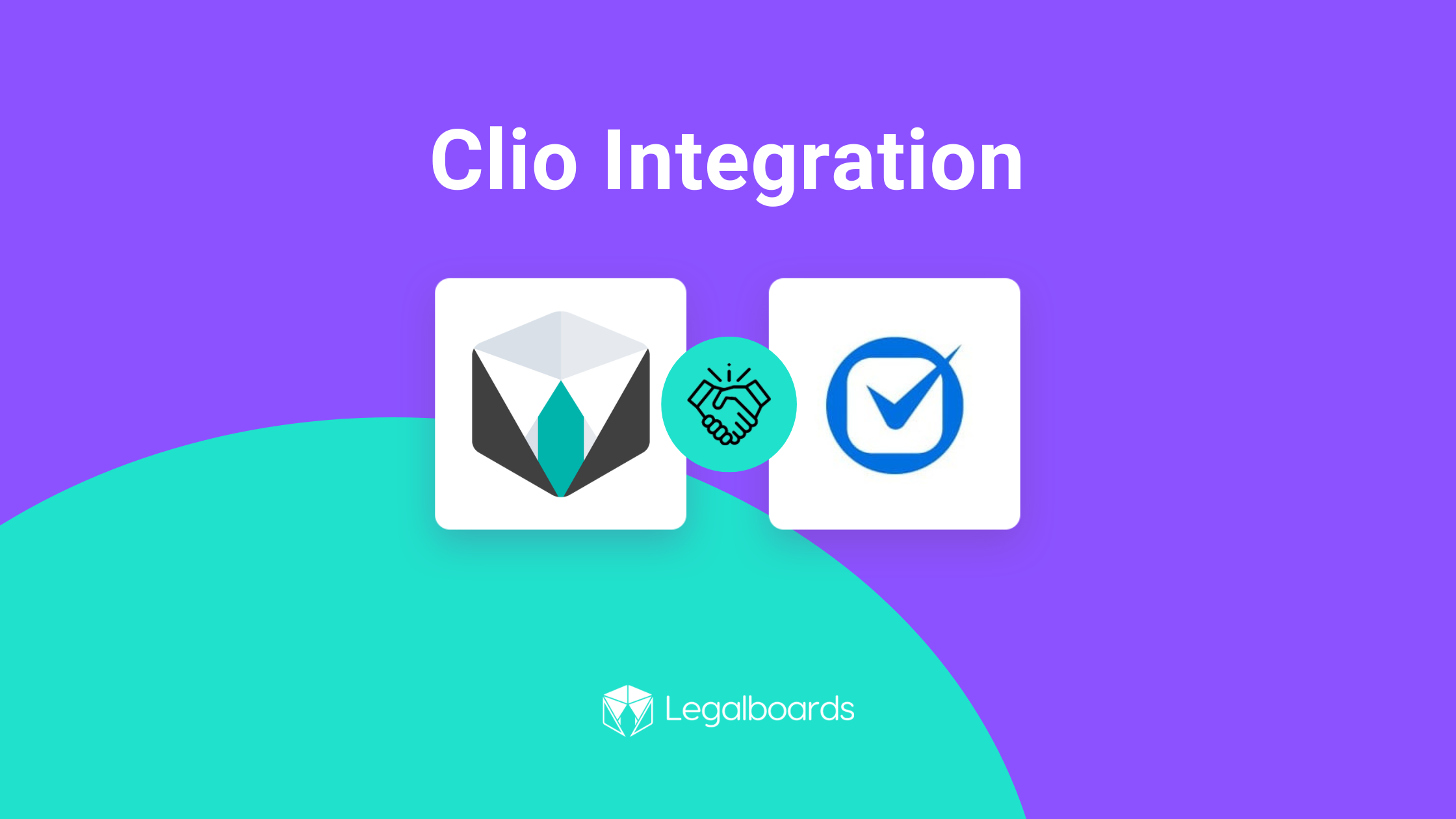We know that checklists and tasks can be similar, especially depending on what needs to be done. Usually, checklists are comprised of a list of smaller tasks that need to be completed or reminders for upcoming tasks.
“The Checklist Manifesto” by Atul Gawande helps to differentiate checklists and tasks by taking a look at how professionals would organize their workflows. The book primarily focuses on the medical field to explain how tasks have gotten more and more difficult.
Complex tasks aren’t only present in a single industry. We know that for the legal industry, this is especially true. At Legalboards, we’ve developed a system to help keep track of matters by breaking them down (check out this article for more information about how to do this).

What Is The Difference?
So, what is the difference? Checklists hold the “less important” tasks and are more for reminders. That’s not to say that checklists can’t hold important tasks, but it is more about separating a specific task into smaller phases.
Another key difference is that tasks have deadlines attached to them and a checklist usually does not have a timeline attached.
For example, a very common task we all usually complete is grocery shopping. Where that is the task, the items you need to purchase would be the checklist.
In this very simple example, a task is broken down into a series of things that need to be done in order to complete the task. But how does this translate into the legal industry?
Let’s look at how this would work within the legal industry and what this looks like within Legalboards. Legalboards has tasks integrated with Clio but the checklist is not normally included while using Clio.
Examples of Checklist vs. Tasks in Legal
Say you need to draft an agreement for a client (the task). When you put this into Legalboards, this would look to be in any one of the phases (columns) in a workflow.
But, drafting an agreement contains more than one task. It could include a meeting with the client, drafting the agreement itself, any required research like if a compliance clause is applicable to the draft or if there needs to be a mediation clause, etc.
For this client’s matter, we would want to have a task named “draft agreement” with a checklist including these smaller tasks. The checklist would therefore include:
- Check compliance clause; and
- Check the mediation clause.
Let’s look at another example. In the first phase of a workflow, the task “File a Motion” has been created by the responsible lawyer. The task needs to be completed in 3 days. At the same time and within that same workflow, a checklist will be automatically created with the items:
- Check documents; and
- Open a folder in Google Drive.
Likely, a paralegal will need to check and complete these items. The items are important but they are less important than the overall task and they do not have a deadline.
Creating Checklists and Tasks in Legalboards
Now that we know the difference between checklists and tasks, we can fully understand just how beneficial they are when it comes to organizing and keeping track of workflows.
If you want to learn how to start creating checklists and automations in Legalboards, check out this article, or if you’re more visual, this video tutorial.
Didn’t find what you needed? Check out our support portal, contact our team, or check out our other resources for help using Legalboards.




